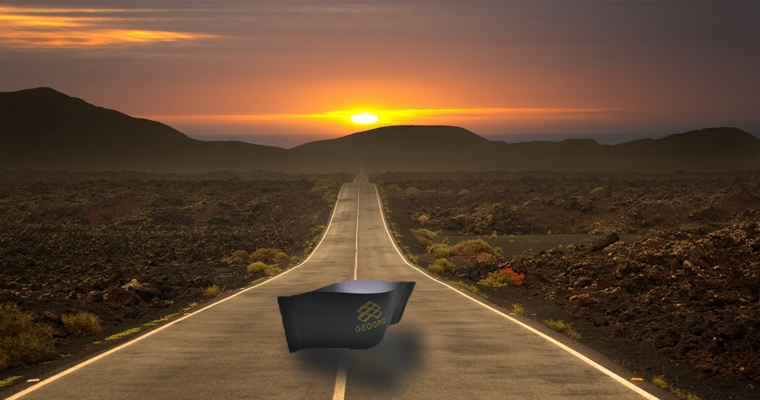
The application research results of desert road construction prove that the compressive resilience modulus obtained by GeoGro's geocell is 190-210MPa, which fully meets the design requirements of the roadbed, and the sand-filled structure layer of the geocell is about 10cm thinner than the natural gravel structure layer. You can get materials nearby. The savings in conventional roadbed material costs and transportation costs have reduced road construction costs by 50%, and the construction period used has been reduced by 60% compared to conventional methods.
1)Sand hazards: There are two hazards to highways caused by wind and sand in desert areas, namely,
roadbed wind erosion and sand burial.
2)Water damage: There are three types of water damage on desert highways: natural precipitation
scouring pavement, road shoulders and side slopes; water along rivers and streams on roadbed scouring
damage; water damage through rivers, creeks, and seasonal flowing water trenches .
3)The uneven settlement of the roadbed is a disease caused by the uneven settlement of the desert
highway under the action of gravity and dynamic load, which causes uneven settlement, deformation,
cracking and destruction of the road surface.
4)Roadbed frost heave and mud;It mostly occurs at the entrance and exit of desert roads and the spring
overflow zone on the edge of the desert

1) In the reinforcement of weak foundations, the main functions of geocells are in two aspects: the cell
material provides greater tensile strength; as a sand-gravel chamber, it forms a "net-reinforced
structure" with the filler in it. It can prevent the adhesive damage of the reinforced soil.
2) At the theoretical level, relevant scholars have conducted corresponding physical and mechanical model
analysis to demonstrate the technology. The main mechanical models include the extended one-dimensional
Pasternak shear model and the two-dimensional finite difference model.